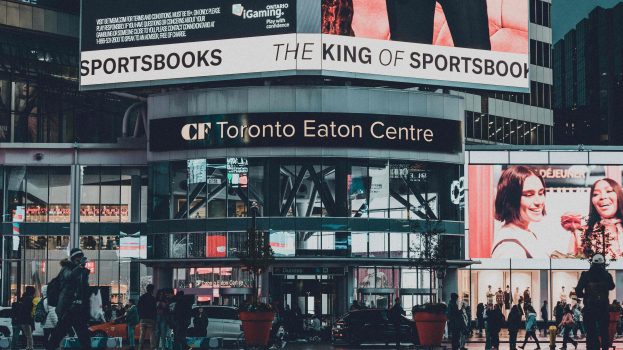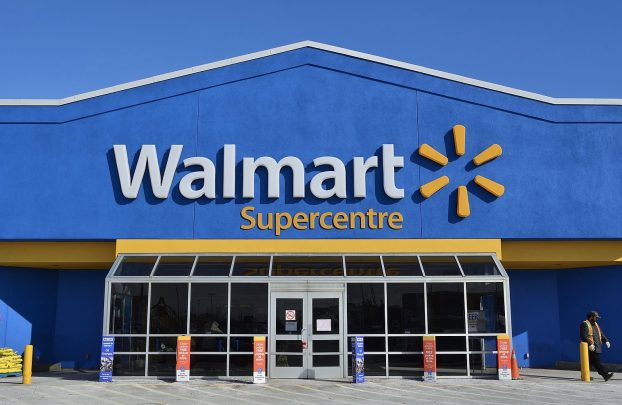Multicultural agency Maple Diversity Communications has created a new program to extend its expertise reaching diverse audiences to other groups that have historically been underrepresented in marketing messages Canadians see.
Since it was founded 10 years ago, Maple, like many multicultural agencies, has focused on reaching new Canadians, their families and other ethnic groups that have different language and cultural considerations when compared to the so-called “general” Canadian population. With the “Diversity Beyond Ethnicity” program, the agency aims to provide advertising, marketing and research solutions to connect brands with diverse consumer groups like the LGBTQ people and people with disabilities, as well as racialized people that aren’t immigrants, like Indigenous peoples.
According to the agency, brands should connect with all of these diverse consumer groups – which exist within all ethnicities – in a more meaningful manner. This came about while it was creating its multicultural programs for the likes of Porsche and Royale, when it asked itself whether its work over the last decade represented “true” diversity, according to its chairman and CEO, Niraj Sinha.
“We are speaking to diverse audiences, but what about other segments?” Sinha asks. While it’s well known that “Canada’s fabric is getting more vibrant and diverse,” he tells strategy it’s important to think of that in ways that go beyond cultures and languages.
The Diversity Beyond Ethnicity program, which includes services like strategy, media buys, production, influencer, digital, experiential and shopper, was in the works last year, but sidetracked thanks to the pandemic.
Beyond this, Sinha says, there are opportunities for brands to drive success with influencer marketing, which many of these communities take very seriously, especially when it comes to shopper marketing and ecommerce, something that is even more pronounced with the huge shift to online shopping that’s occurred during lockdowns.
For example, he says, that shift to ecomm has had an outsized impact on the LGBTQ community. According to the agency’s insights, LGBTQ consumers are more tech-savvy and more engaged online as compared to the general population, something that needs to be considered when it comes to digital media buys.
Besides representing 1.67 million people, Indigenous people are also Canada’s youngest and fastest growing demo, and brands ignore this group at their own peril if they instead focus their efforts solely on the largest newcomer groups.
Also, Sinha says consumers with disabilities, along with family and friends, are the third largest market segment in North America and remain underserved. And while the pharma industry is working on engaging with this group, it remains a segment that’s not been well engaged by other brands.
But regardless of their individual differences, all of these groups are eager to be embraced with accessible, meaningful outreach along the consumer journey, Sinha says. “Brands need to do more.”
























